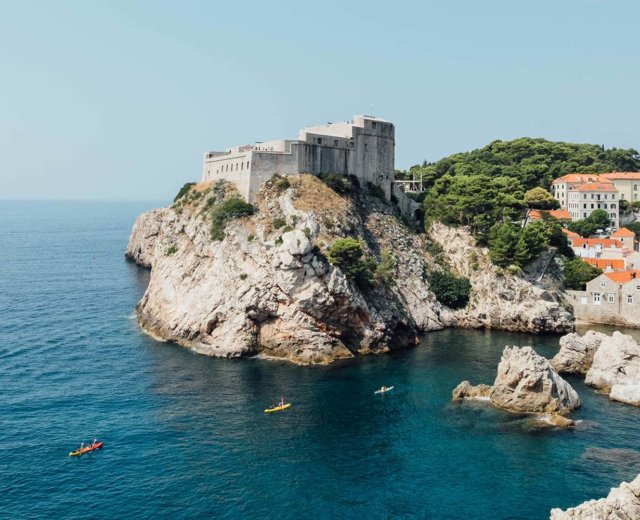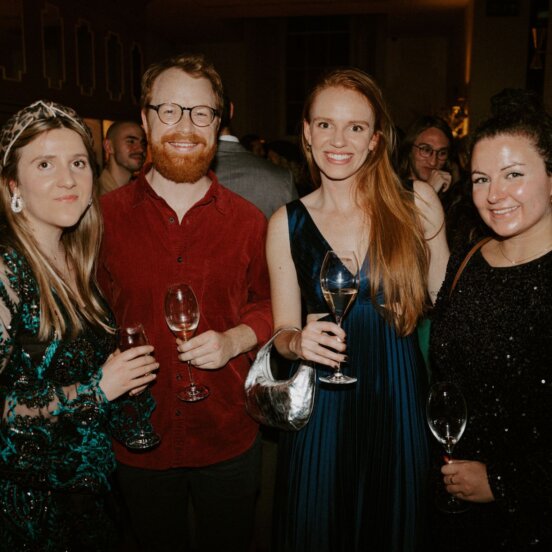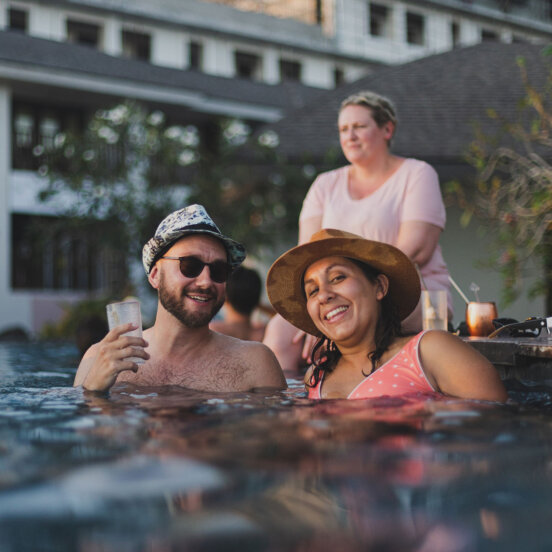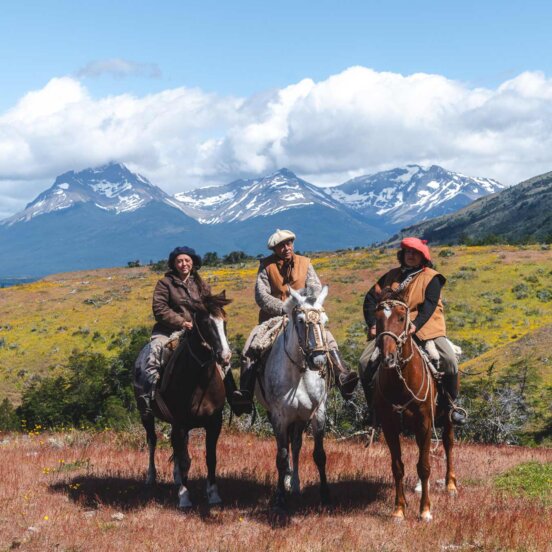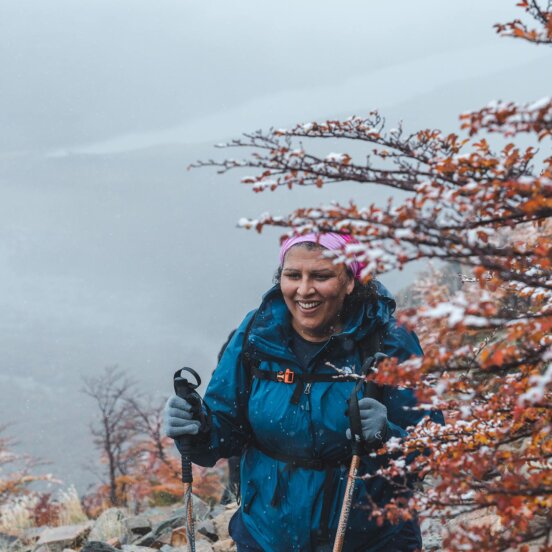Walking the Nile: explorer Levison Wood on his Egypt adventure
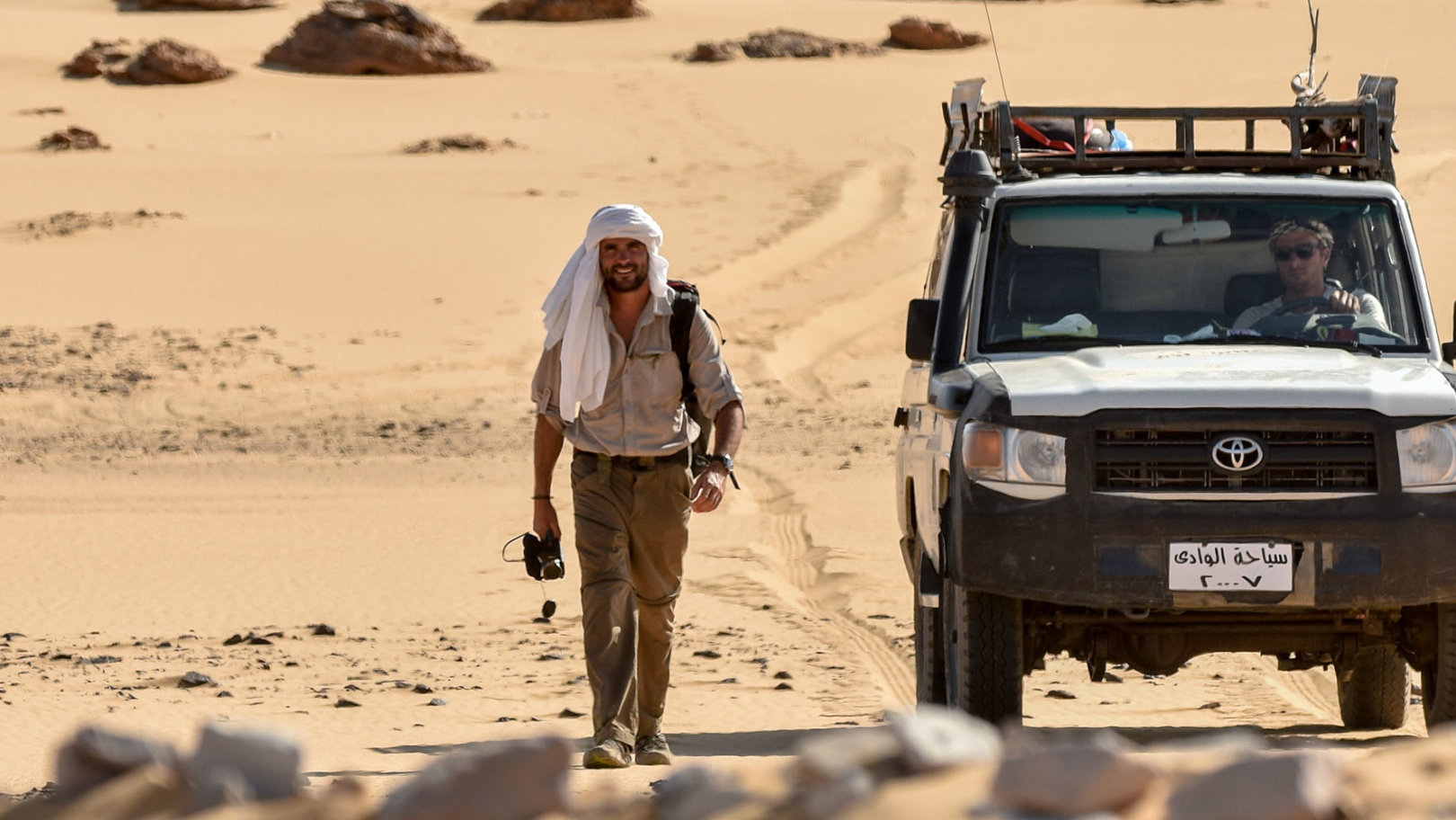
Explorer Levison Wood is a man with many miles under his belt. But few more memorable than his expedition along the banks of Africa’s longest river, tracing the Nile from its source at Lake Victoria to its mouth at the Mediterranean Sea. As our new Egypt trip launches, we caught up with the adventurer to talk about the relief of hitting fresh tarmac in Egypt, after so many miles of trekking through rainforest and desert, and ask him whether he ever gets tired of walking (the answer is a firm yes).
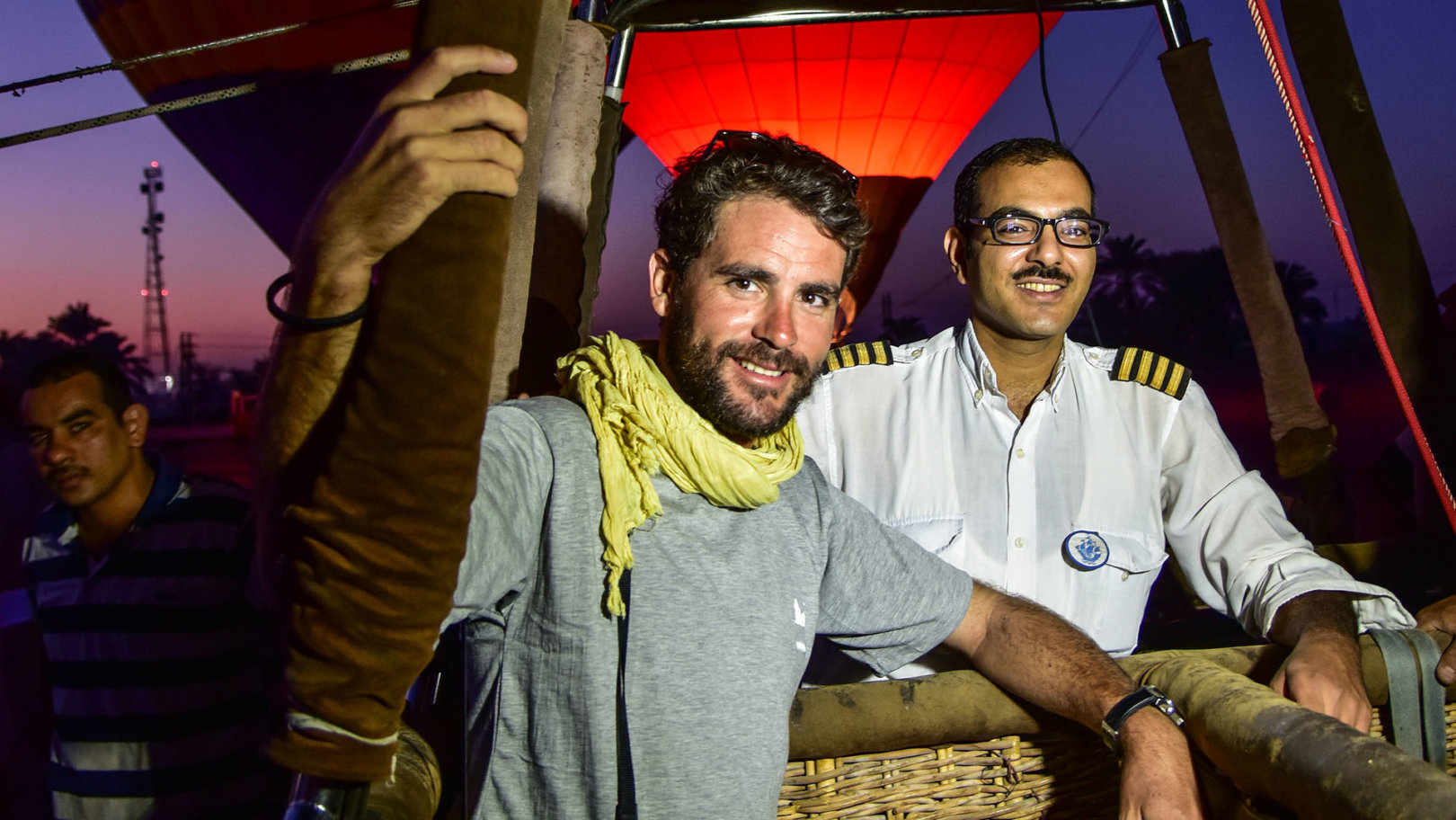
The 4,100-mile Nile snakes through 11 countries, but it’s perhaps most synonymous with Egypt. What were your highlights?
I’ve always been fascinated by Egyptian history and culture – especially ancient Egypt. So, visiting historic sites like Luxor and Aswan was a real highlight and, of course, the pyramids at Giza.
What about Egypt’s stretch surprised you?
The terrain was much easier than the previous part of my journey, as it was roads all the way. Before that, I’d been following river banks, travelling every terrain from the mountains of Rwanda and the rainforest, to the swamps and lakes of Uganda and the the Sahara Desert. In Egypt, it was a relief to walk on some tarmac. The people in Egypt are endlessly fascinating. In each small village, I was welcomed by the local ‘mayor’ with an invite to tea and an interview with the press.
The Nile really is the lifeblood of Egypt
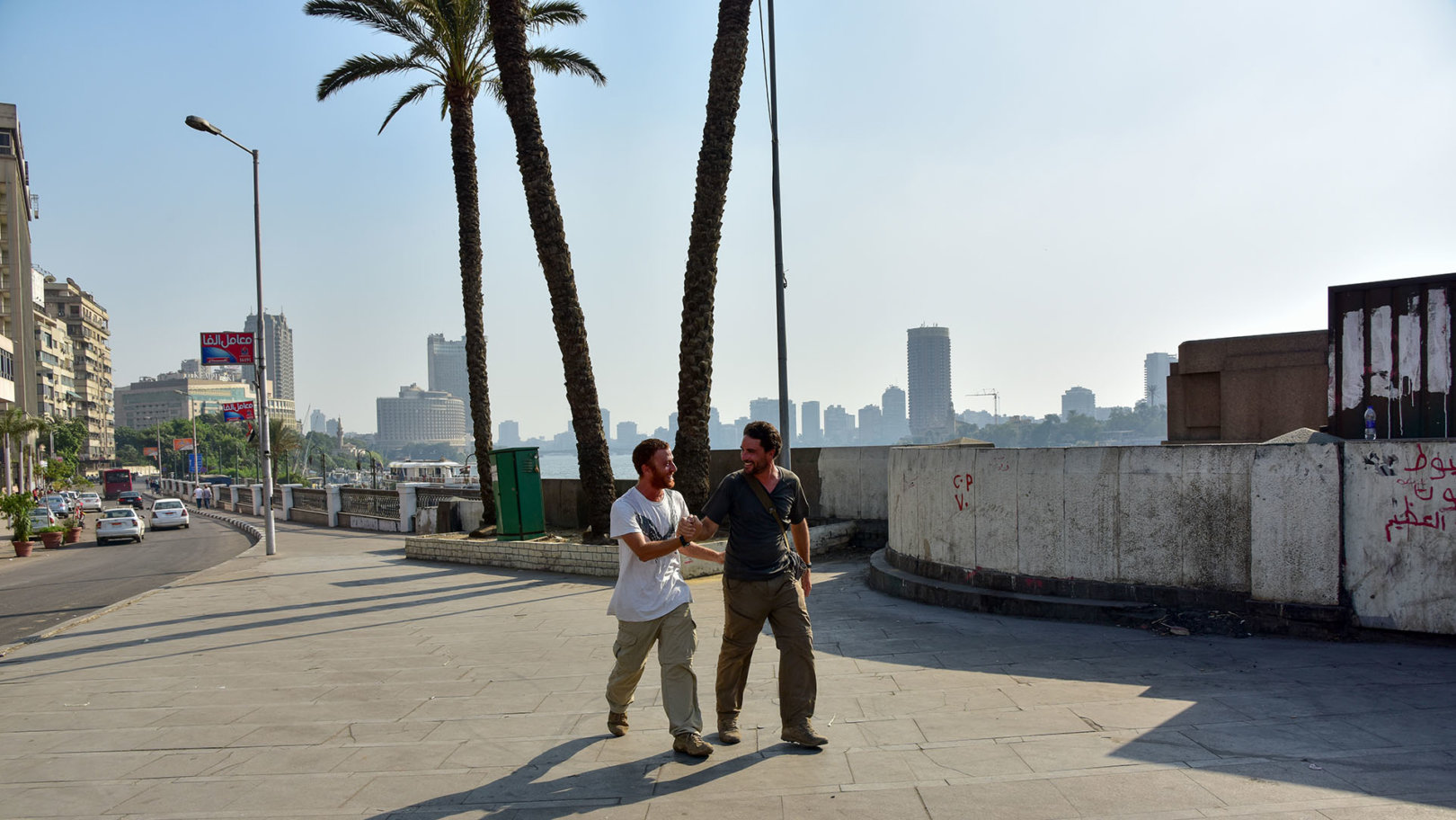
Which is the most accessible part of Egypt’s Nile?
My journey through Egypt had never been done before, especially with it being filmed, so it was a struggle to get permissions in place. It didn’t help that I was travelling in the aftermath of the Arab Spring. Now, the Nile in Egypt is much easier to travel around. The river really is the lifeblood of Egypt and it’s incredible to learn about the history of the country by travelling down it – there are great cruises you can do from Cairo, Luxor or Aswan.
A lot of your trips feature gruelling limit-testing feats. But did you encounter any meditative, mindful moments walking along Africa’s longest river?
People are always surprised when I tell them that most of the journey was very meditative. There were definitely a lot of crazy stories and challenges, but most of the time the biggest struggle was putting one foot in front of the other. It was as much mental as it was physical. There’s a really powerful trance-like state that walking long distances creates. It makes you connect with the world around you and focusses your attention on the moment. If I’m feeling stressed, I take myself on a long walk. I can’t recommend it enough.
In Egypt, I was welcomed with open arms
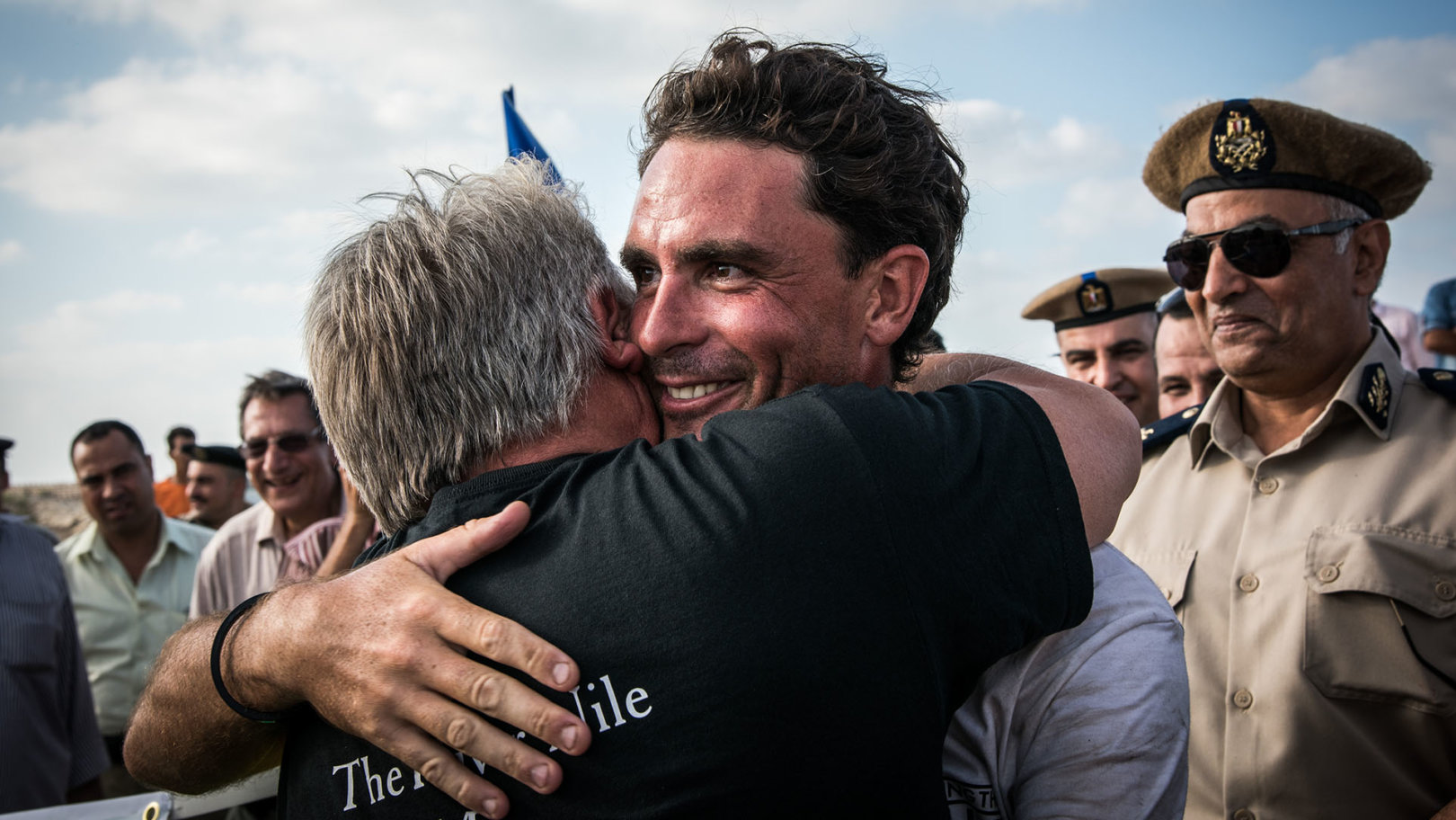
Where did you find that peace in Egypt?
Walking around Lake Nasser was a real privilege because very few people had ever been given permission to walk around it in those days. That part of the journey was particularly meditative because I was on my own, the film crew weren’t with me. I spent a week walking solo from the Sudanese border to Abu Simbel. I was very much looking forward to a nice cold beer when I got there.
Tell us about the Egyptian people: how did they welcome you?
Egypt is a very diverse country with lots of different communities. One of the most interesting for me was the Coptic Christians that live in the lower Nile valley and around Cairo. I remember being welcomed with open arms in Zabaleen by the rubbish collectors who had a fascinating tale to tell. I was also summoned by the governor of Cairo for a press conference at the pyramids. It actually turned out to be a lot of fun and a surreal experience.
The locals put me up and gave me great food
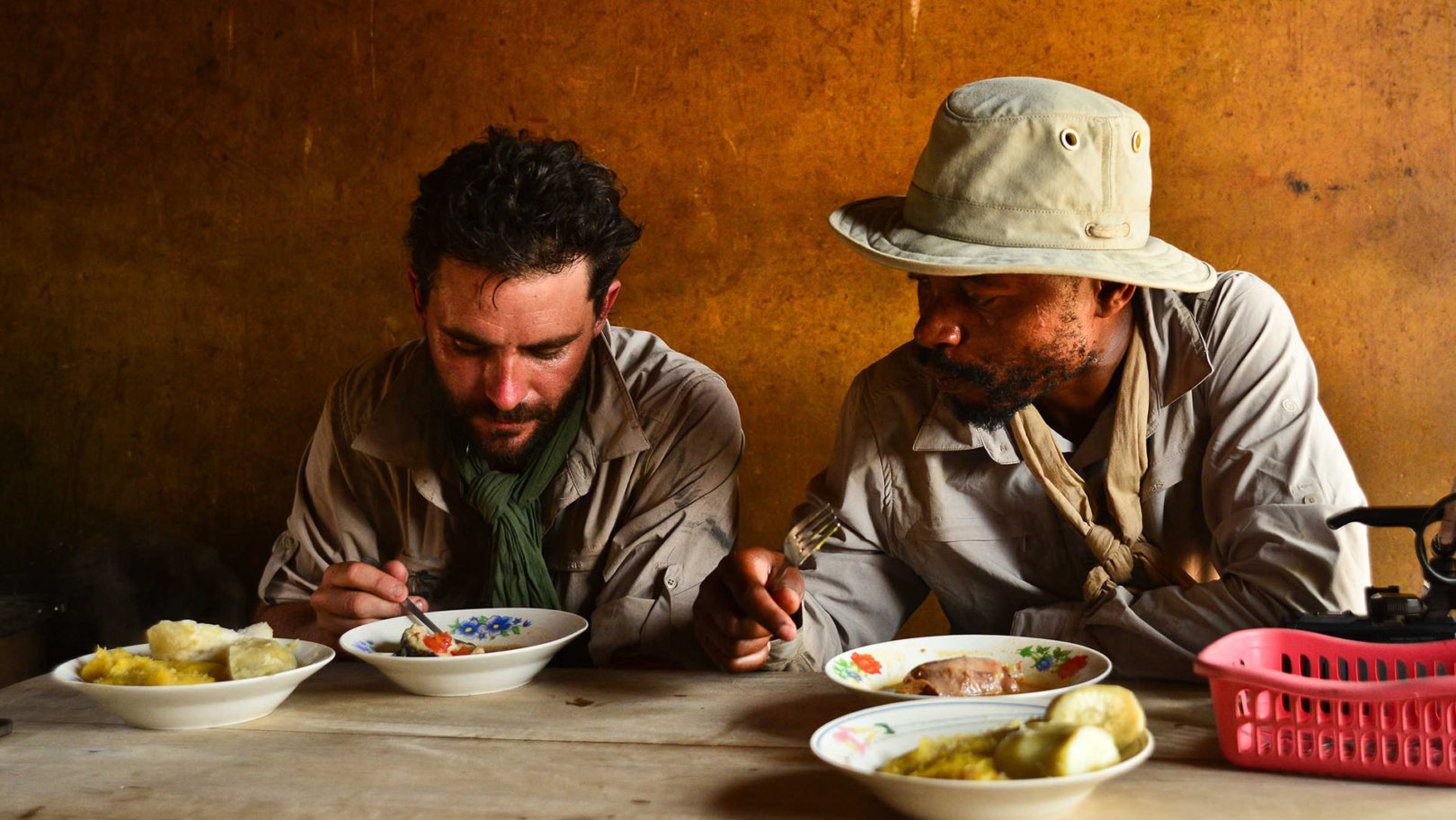
Any memorable food experiences in Egypt?
Some of my favourite memories of travelling revolve around food. It’s always a really special experience to try a local dish or share a meal with a host. But along this journey I had mostly been camping and had been at the mercy of whatever local street vendors had on offer. It was mainly ugali (a stiff maize-flour porridge) or corn fufu, as it’s known in sub-Saharan Africa. It looks like mashed potato and is very bland. It’s pretty much made up of nothing but starch. In Egypt, it wasn’t possible to camp, so a lot of people put me up and I ate great food. It was more Mediterranean, with hummous, kebabs and shish meat. After walking so far, it tasted even better.
Egypt’s Nile is associated with antiquities – which one got your vote?
Flying over Luxor and the Valley of the Kings in a hot-air balloon will go down as a particularly special memory, but for me it was also some of the smaller and less well-known temples that can be found in almost every village along the Nile that I really relished.
Egypt holds friendly communities and resilient people
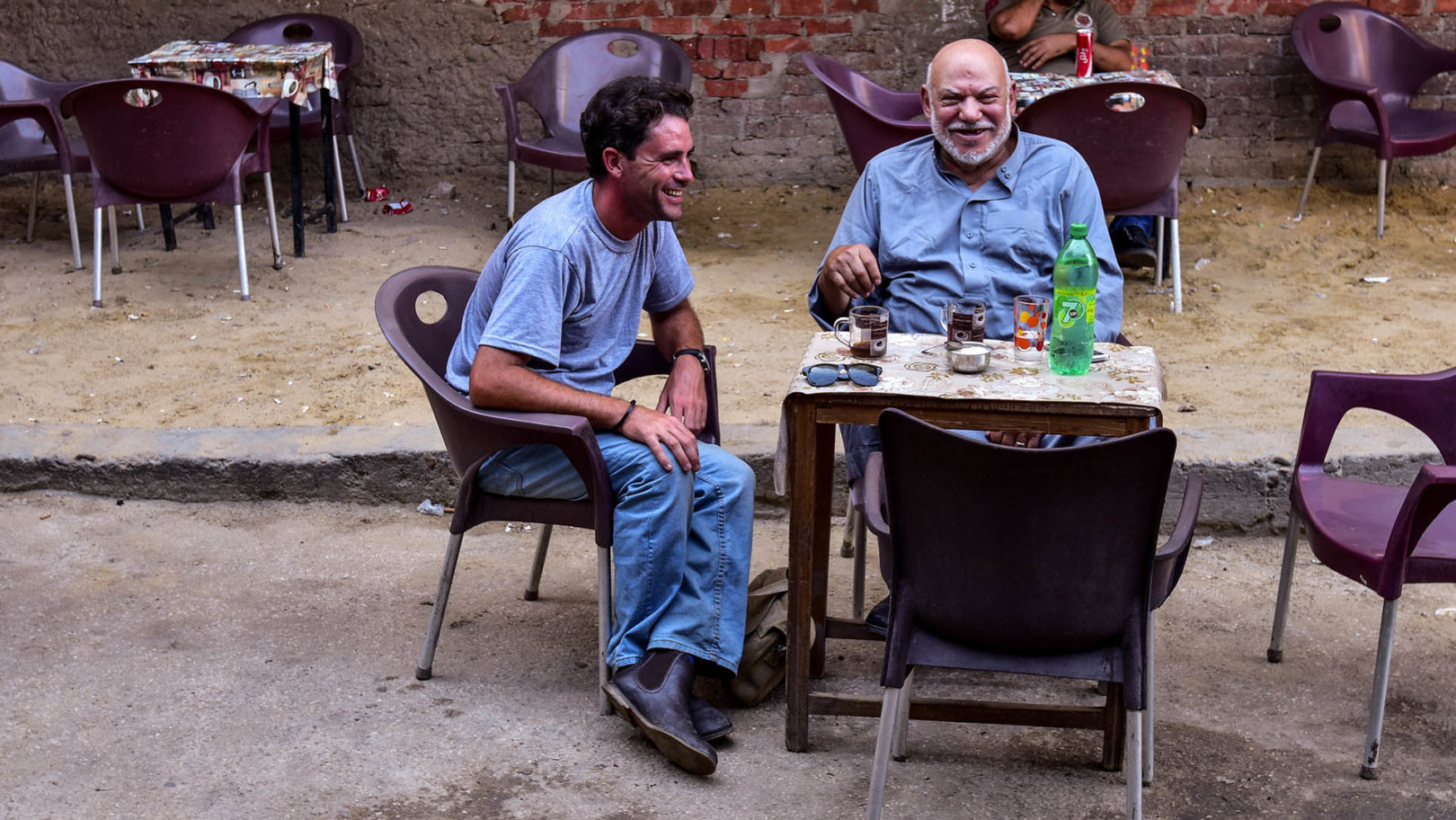
What did the Nile tell you about 21st-century Egypt?
The Nile is fascinating because it holds so much history. I was in Egypt at a particularly turbulent time, so there weren’t many tourists. Things have changed a lot since then. I think the main thing I noticed was the resilience of the people. It’s a country rich in culture and ancient stories, but it also holds friendly communities who just want the best for their country and a bright future.
You finished in Rashid, east of Alexandria, after setting off from Rwanda’s Nyungwe Forest nine months before. How did it feel passing the finishing post?
It really was a life-changing moment. When I made it to the sea, after walking for nine months, 4,250 miles, I saw my parents had flown out to surprise me. It was overwhelming. I just ran into the waves and then hugged everyone. It was a real mix of emotions. I was relieved and elated, but also a bit scared. This journey had consumed my life for so long, but what next? It was definitely bittersweet. But I’ll always remember it as one of the happiest days of my life. I was overjoyed to have completed the journey and having my family and friends at the finish line was special.
After every expedition, I say I’m not doing it again
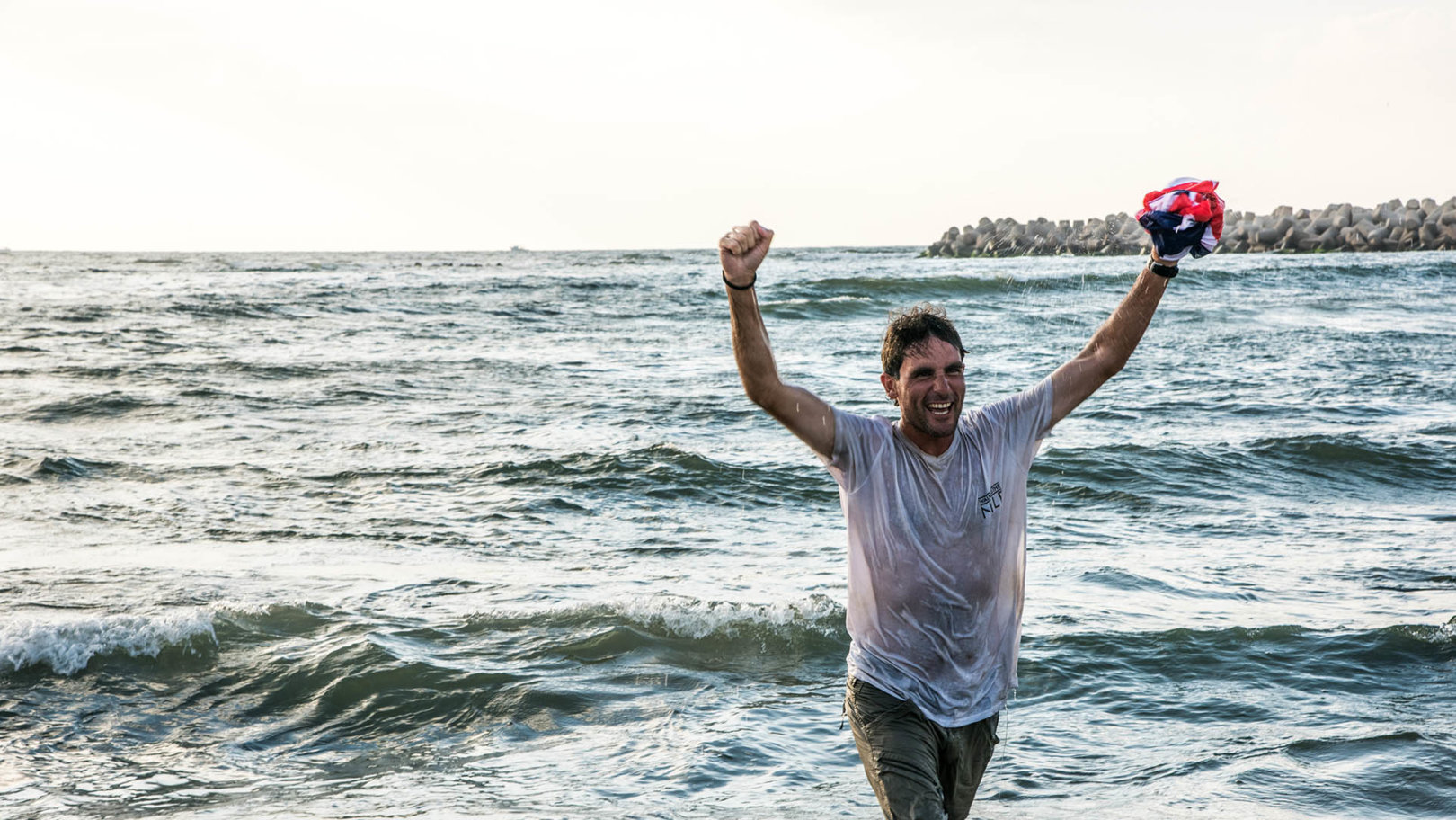
Do you ever get tired of walking? I hear feluccas are a nice way to go…
Yes. After every expedition, I tell myself that I’m not going to do it again, but walking is quite addictive. I do think I will do some more trips using other modes of transport. Who knows, maybe a felucca trip is on the horizon…
We’ll accept a producer credit. So, tell us about your next adventure?
I’m pretty much out of the country now until October. Everything stood still during covid and now it’s starting up again, so I have a lot of projects on the go. I’m filming an exciting new show this summer and I’m working on a couple of new books, including an anthology called Endurance, which is excerpts from 100 books I selected under that theme. Stories about survival, historic polar exploration, space travel and everything in between. My book, The Art Exploration, a guide to improving your life through adopting the explorer’s mindset, is also out this year, too.
Levison Wood’s new anthology Endurance is out in August – you can pre-order copies now. His explorer-mindset book, The Art of Exploration, is published in October with an accompanying UK tour.
Find out more about Flash Pack adventures here – including our new Egypt trip. Got a story or adventure that could inspire a solo traveller like you? Tag @flashpack on social or email [email protected] to be featured.
Images: Tom McShane

